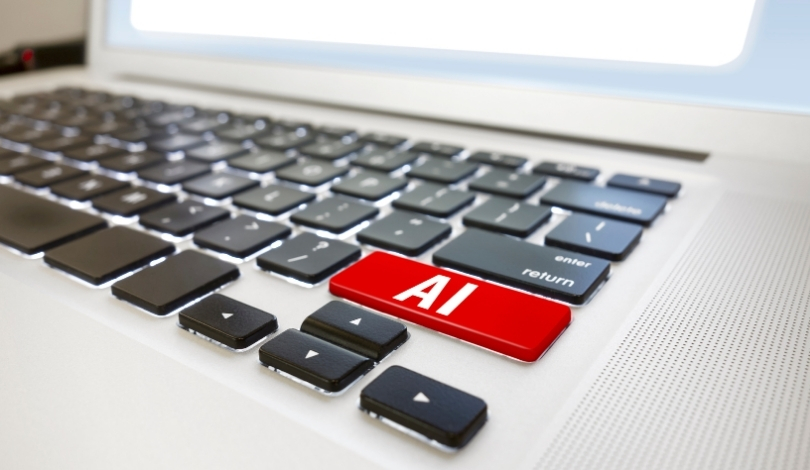The mainstream introduction of artificial intelligence (AI) has dramatically affected productivity and the workforce. However, it has also introduced significant risks for major corporations. A recent report by Arize AI reveals that over half of Fortune 500 companies have listed emerging AI technology as a potential risk factor in their annual financial reports.
Arize AI’s report indicates a sharp increase in the number of companies highlighting AI risks in their SEC filings, with a 473.5 percent rise since 2022. Specifically, 281 companies mentioned AI risks compared to only 49 in 2022. The report underscores that generative AI’s impact spans a wide range of industries, including those not yet fully embracing the technology.
Media and Entertainment Lead AI Risk Disclosures
In the media and entertainment sector, over 91 percent of companies have incorporated AI risk factors in their recent SEC filings. For instance, Netflix has pointed out that competitors with an AI advantage could negatively impact its operations. The software and technology industry follows closely, with 86.4 percent of companies citing AI risks, while the telecommunications sector comes in third at 70 percent.
Regulatory and Security Concerns
Fortune 500 companies not only worry about keeping up with competitors but also about regulatory risks, security concerns, and potential physical and reputational damages. The Walt Disney Company mentioned the potential impact of regulations on business models and revenue streams. Meanwhile, Vertex Pharmaceuticals expressed concerns over the misuse of AI by employees, which could lead to inappropriate disclosure of sensitive information.
Despite the rising concerns, only 30 percent of the Fortune 500 companies that mentioned AI risks also highlighted its benefits. Arize AI described this as a missed opportunity for potential investor upside. Even leading AI companies like Microsoft and Meta have used their SEC filings to highlight security threats and the possibility of misinformation and deepfakes.
Concerns about AI’s implications extend beyond major corporations. In education, AI tools are increasingly used in schoolwork, raising issues for teachers. Similarly, the art world worries about AI’s potential to replace human artists. Notable figures in the AI industry, such as OpenAI’s CEO Sam Altman, have called for actions to mitigate AI’s risks, including its potential for human extinction.
Similar concerns over digital trends have arisen before. For example, in 2012, there was an emphasis on cybersecurity following significant data breaches at major companies like Citi, Google, Lockheed Martin, and Sony. However, the 87 percent increase in cybersecurity risk disclosures between 2010 and 2012 pales in comparison to the 473.5 percent surge in AI risk disclosures.
Given the stark rise in AI-related risk disclosures, corporations must strike a balance between leveraging AI’s benefits and addressing its potential risks. The rapid adoption of generative AI technology necessitates robust risk management strategies. Companies need to be vigilant about evolving regulatory frameworks and security challenges to safeguard their operations and reputations while capitalizing on AI’s transformative potential.










